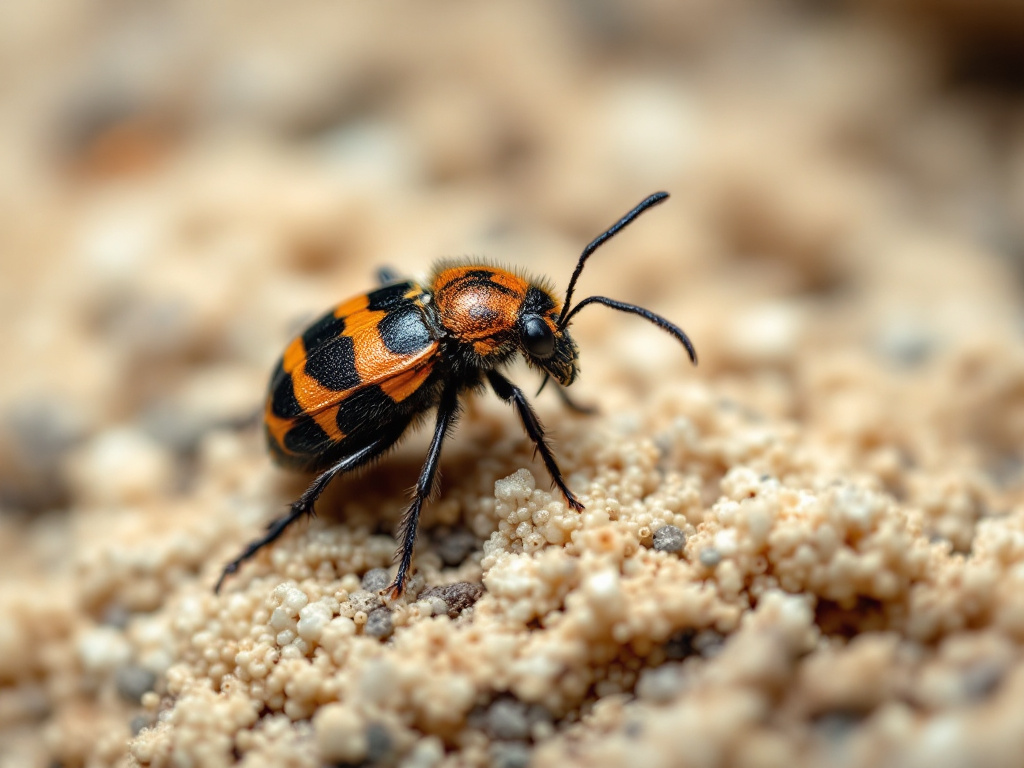Image generated by flux-ai.io & content generated by ChatGPT Version 4o-mini
The Invasive Beetle and Fungus: What Okeechobee Residents Need to Know
In Okeechobee County, where agriculture and natural landscapes play a vital role in our daily lives, it’s essential to stay informed about local ecological changes. A recent study highlights the growing concern of an invasive beetle, the Punky Wood Ambrosia Beetle (scientific name: Ambrosiodmus minor), and its associated fungus, Flavodon subulatus, which could impact our trees and woodlands.
What is the Punky Wood Ambrosia Beetle?
The Punky Wood Ambrosia Beetle is a small, wood-boring insect that first made its way to Florida in 2011. Though initially deemed of little concern, researchers have noticed that this beetle is spreading rapidly across the state. Its significance lies not just in its invasive nature but in its relationship with a specific fungus that decays wood quickly and efficiently.
This beetle carries the fungus inside the wood it bores into. The fungus breaks down the wood’s structure, leading to what scientists call rapid wood decay. This process is more aggressive than what we typically see from native wood-decaying organisms, which could lead to faster degradation of trees in our community.
Why Should Okeechobee Residents Care?
For those of us in Okeechobee, where agriculture is a major part of the economy, the health of our trees matters. This beetle and its fungus can affect the strength and stability of urban trees, especially species like laurel oaks and water oaks, which are common in our areas. In urban settings, weakened trees can become hazards, especially during storms, leading to property damage from falling branches.
Moreover, since Okeechobee has a rich agricultural landscape, the potential impact on native forests and timber resources is significant. The rapid wood decay caused by the fungus could disrupt the natural recycling of nutrients in the ecosystem, affecting wildlife and plant communities that depend on healthy trees.
Signs of Infestation
Identifying these beetles can be tricky for non-experts. However, if you notice small, perfectly circular holes in tree trunks or limbs, it could be a sign of infestation. Look for areas of white rot around these holes, indicating the presence of the fungus. If you spot these signs, it’s advisable to consult with local experts, such as those at the University of Florida’s Institute of Food and Agricultural Sciences (UF/IFAS), for proper identification and guidance.
What Can Residents Do?
Currently, the damage from Ambrosiodmus minor and Flavodon subulatus is still limited, but being proactive can help minimize potential impacts. Here are some steps you can take:
-
Maintain Tree Health: Keeping your trees healthy through proper care can make them more resistant to pests. Consider planting robust species like live oaks, which are less susceptible to decay than faster-growing types.
-
Monitor Your Trees: Regularly check your trees for signs of beetle activity. If you notice dead or dying branches, it may be wise to prune them to prevent further damage.
-
Consult Experts: If you suspect an infestation, reach out to local agricultural extension services or forestry experts for assistance. They can help identify the issue and recommend management strategies.
In conclusion, while the Punky Wood Ambrosia Beetle and its fungus may seem like a small issue, their presence in Okeechobee could have broader implications for our trees, our environment, and our agricultural practices. Staying informed and proactive can help protect our local landscapes and the quality of life we cherish in Okeechobee County.
References
FOR365/FR434: The Punky Wood Ambrosia Beetle and Fungus in Florida That Cause Wood Rot: Ambrosiodmus minor and Flavodon subulatus. (n.d.). Ask IFAS – Powered by EDIS. https://edis.ifas.ufl.edu/publication/FR434

